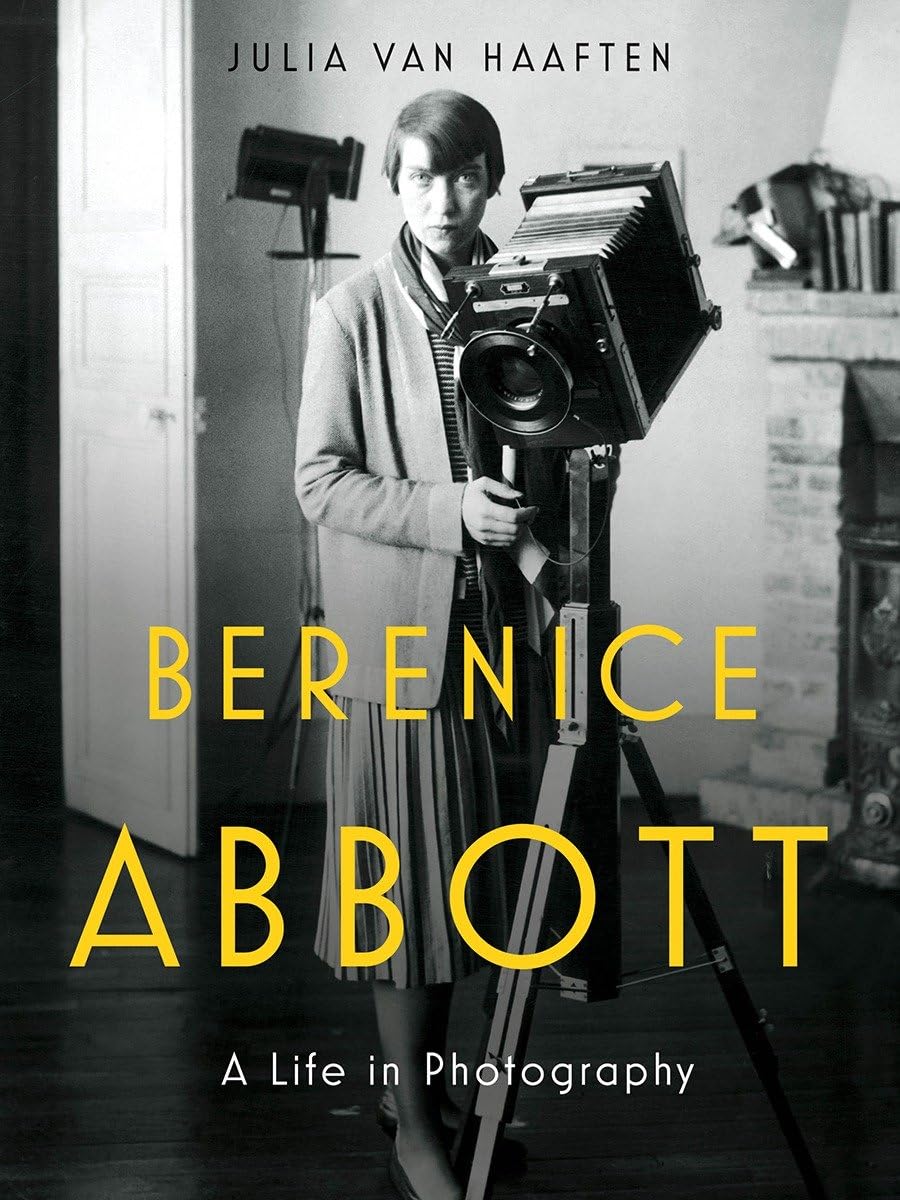| It took awhile, but I finally finished Julia Van Haaften's biography of Berenice Abbott. (It's 633 pages.) I bought it in the late fall at the Boston Athenaeum, after hearing Van Haaften's give a talk there. Husband Bob and I went to the talk in the first place, because he owns an Abbott print as well as one by Atget, whom she championed throughout her career. There is a very good chance that Abbott, not Atget, printed Bob's print. But it doesn't matter. That's part of the story. The book is highly detailed, exhaustively so, following Abbott's timeline closely, and it is a long one, 1898-1991. What stands out for me, now that the book is on the shelf instead of on my nightstand, is how committed to documentary art both Abbott and Atget were. They didn't truck much with aesthetics. No art for art's sake. They each chose to portray the real world, the familiar things (like clocks! hence, Bob's interest in the two), the ordinary. Like Atget, Abbott spent her whole life looking and showing what she saw. It was really that simple, and also that difficult. I think the key to it was that each of them truly loved and understood their (mostly inanimate) subjects. They found the world and its objects fascinating and were able to convey their fascination to us. Naturally, the biography presents Abbott's personal life, too--her circle of friends and lovers (she was a lesbian)--but it's not a psychobiography. It's about the photos, the work and how she accomplished it. I think Abbott would approve. |

 RSS Feed
RSS Feed
